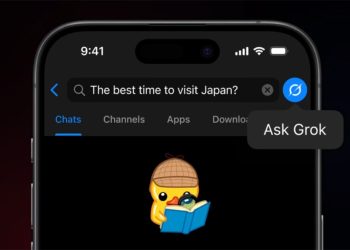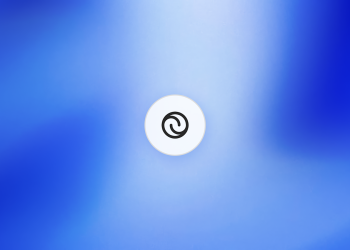What if coding didn’t feel like debugging a wall of text, but more like composing a song or painting with logic?
That’s the philosophy behind Vibe Coding, a fast-emerging approach that blends creativity, intuition, and intelligent AI tooling to help developers code “in the zone.” It’s less about writing syntax line-by-line and more about fluid collaboration with an AI assistant that understands your intentions, context, and mood.
What Is Vibe Coding?
Vibe Coding is a human-centric approach to software development that prioritizes natural interaction, minimal friction, and creative momentum. Instead of fighting your way through repetitive tasks or boilerplate code, you vibe with your tools—letting AI handle the grunt work so you can stay focused on solving problems.
Think of it as a coding experience that feels like:
- Talking to your IDE in natural language
- Getting real-time, context-aware suggestions
- Building in your own rhythm, without breaking flow
It’s inspired by the way musicians jam or artists sketch—fast, instinctive, and expressive.
How Vibe Coding Works
The core of Vibe Coding lies in AI agents that can understand your goals at a higher level. Platforms like Windsurf are pioneering this movement by integrating in-house language models specifically trained on code and developer workflows.
These models can:
- Autocomplete intelligently, based on your coding style
- Refactor, debug, and even write whole features from natural prompts
- Keep track of your intent and help you iterate faster
It’s not just autocomplete. It’s a conversation.
Why It Matters
Vibe Coding isn’t just a buzzword. It addresses real pain points for modern developers:
- Context switching kills productivity. Vibe coding minimizes that.
- Burnout is real. Delegating tedious tasks to AI can reduce mental fatigue.
- Creativity is often stifled by constraints. Vibe Coding keeps your ideas flowing freely.
In a world where AI is becoming a co-pilot, Vibe Coding is the natural evolution of how we build software.
What’s Next?
As the tools mature, we can expect Vibe Coding environments to:
- Integrate voice, sketching, or VR interfaces
- Learn from individual coding habits for personalized support
- Become the default experience for full-stack and indie developers
Whether you’re a solo coder or part of a large engineering team, this shift could redefine how software is built from codebases to launchpads.
Conclusion:
Vibe Coding isn’t about replacing developers. It’s about empowering them to code with flow, create without friction, and collaborate with AI like a trusted teammate. As the space evolves, expect to hear a lot more about this new wave of developer experience.
Stay tuned at Bumbel.site Tech for more on AI, code, and the future of creative tech.









Discussion about this post